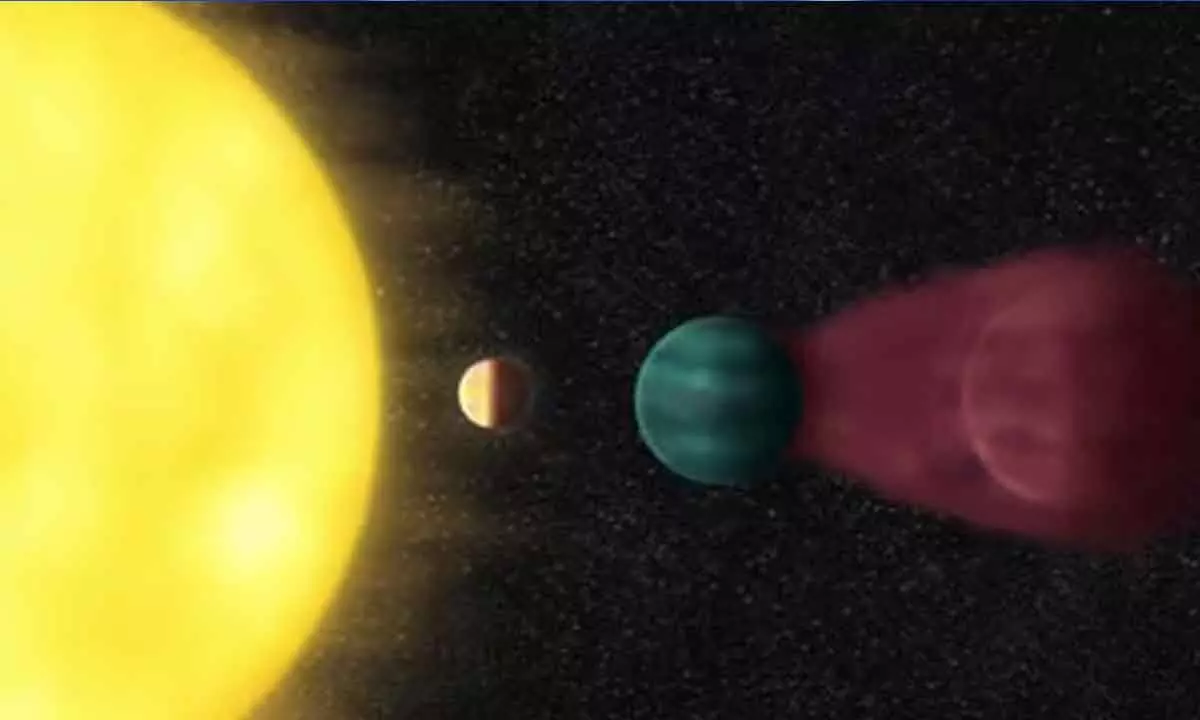Archaeologists have made a groundbreaking discovery in the Amazon jungles, uncovering 15 lost cities dating back 2500 years. This recent find challenges long-held Western perceptions of ancient Amazonian cultures, which were often considered primitive or nomadic. The shift in perspective began in the 1980s when archaeologists found thick layers of dark earth along the Amazon river. However, disputes persisted into the 2020s, with some attributing these layers to floods rather than human activities.

The latest discovery, the result of over 20 years of work, details at least 15 sites comprising 6,000 structures intricately connected by a series of roads. This extensive network of ancient Amazonian cities significantly alters our understanding of these cultures. The findings, described in the journal Science, offer a more complex and sophisticated picture of ancient Amazonian societies.
Historically, Western perceptions depicted Amazonian cultures as primitive or nomadic, incapable of building advanced settlements. Stéphen Rostain, co-author and archaeologist at the National Center for Scientific Research in Paris, highlighted how this perception fit the Western narrative. He stated, “We decided they were savage, and this image was perfect for us. This became our official history.”
The recent discovery challenges this narrative. The identified sites in the Upano Valley, located in the foothills of the Andes, reveal a highly organized network of structures. Researchers found residential areas, ceremonial complexes, ditches, blocked-off roads, and defensive features against rival groups. The structures span a vast 300 square kilometer area, showcasing the complexity and scale of these ancient Amazonian cities.
The researchers employed canopy-penetrating visualization technology called LIDAR to glimpse the ancient structures. LIDAR involves shooting a laser from an aircraft to map the Earth’s surface based on how quickly the light bounces back. This advanced technology provided researchers with unprecedented insights into the layout and organization of the ancient cities.
Compared to previous archaeological finds, this discovery is on an “another scale,” according to the authors. Rostain emphasized the significant impact of the Upano Valley sites, stating, “In the Upano Valley, we have a series of cities. They completely modified the valley at a level we’ve never seen. It’s incredible.”
One notable feature is the near-perfect straightness of the roads. Unlike winding paths following the natural curves of the valley, these roads, up to five meters deep, intersect at 90-degree angles. Rostain suggests that this unique feature indicates ceremonial or processional use, adding an intriguing layer to our understanding of the purpose behind these structures.
The research team had previously excavated sites within the Upano Valley, unearthing floors, hearths, large jars, grinding stones, and evidence of the inhabitants’ diet. An analysis of grains found in pottery revealed that the ancient culture consumed maize, cassava, sweet potatoes, and even made beer. These findings challenge the simplistic view of small, primitive groups living in huts, portraying a more complex urban society.
The discoveries presented in this study highlight the extent to which the Amazon and its people have been underestimated. Antoine Dorison, a study co-author, emphasized the need to revise preconceptions about the Amazonian world. “This [discovery] shows ancient people lived in complicated urban societies,” Dorison noted, challenging the outdated image of small, scattered groups.
The researchers believe that thorough revision of preconceptions is crucial, advocating for an inclusive and participatory approach to scientific inquiry. Their work challenges old stereotypes and encourages a more accurate understanding of the rich and complex history of the Amazonian cultures.









